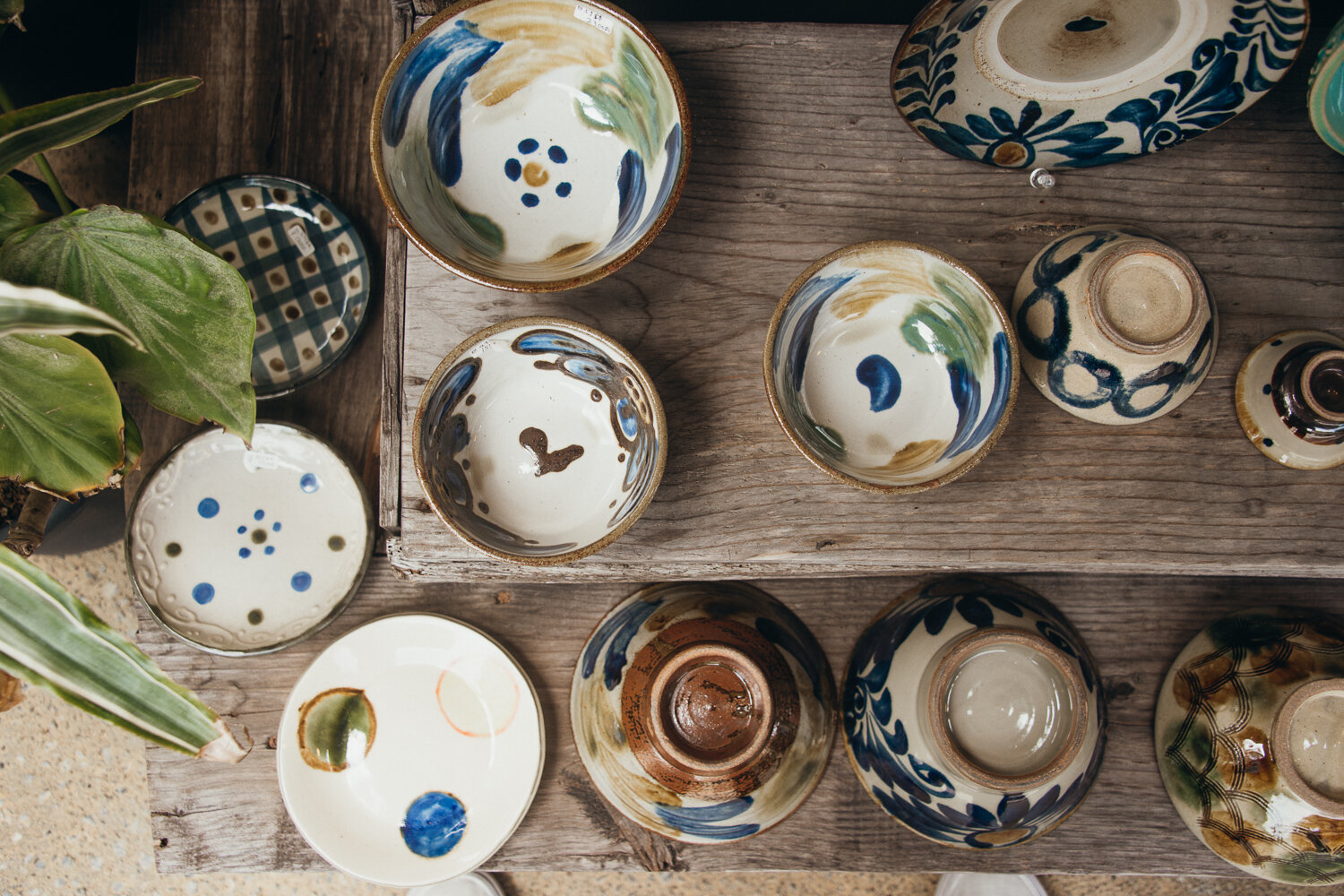Okinawa for Families: A Day of Culture and Art
A day-trip for families exploring the arts and history of Okinawa’s capital city brings out the future creator in our little ones.
Many families comes to Okinawa for the archipelago’s natural landscapes, beaches and marine life, but it’s the indigenous Ryukyu culture that has influenced Japanese culture— and the rest of the world— for centuries.
From the 15th to 19th centuries, people here evolved on the archipelago in relative isolation and developed cultural traditions of their own. Karate, Taiko drumming, Bingata design, Yachimun ceramics, Kasekake dance, and sanshin guitar are some of the ancient techniques that originated here but have since migrated to the rest of Japan— and into our cultural fabric.
Music and dance, kimono designs and walking the timeline of Ryukyu culture are fascinating experiences for all family members. In Naha, Okinawa’s dynamic capital, kids can make their own pottery, meet artisans, visit a 16th-century castle and find out if eating seaweed really does make you live longer.
A day-trip around Naha exploring these excellent arts is fun for every age and a crash course into bringing out the future creator in our little ones.
Logistics
When to Go: Okinawa's climate is subtropical. With temperatures barely falling below 15 °C (59 °F) in winter, Okinawa is easy to travel with kids year-round.
Japan’s infrastructure for families is great. Sidewalks are paved, many visitor spots have segregated stroller walkways, changing tables and nursing rooms are accessible in many train stations, shopping malls, hotels, and family-friendly restaurants. Baby supplies (diapers, baby wipes, and other amenities) are easily found in shops.
Japan has one of the best public transit systems in the world. In Naha specifically, it is easy to get around on the monorail and bringing a stroller with. Traveling by public transport and walking is usually the more eco-friendly and more in-depth way to see a city.
Okinawan people are said to have one of the longest life expectancies in the world due to their diet and quality of life, and an integral part of the Blue Zones research. The cuisine here is delicious, there is always something for even the most skeptical of taste buds— rice, veggies, Okinawan ramen, udon, miso, and more. For babies, try the pureed rice porridge. It is a common pureed food and is available at the restaurants and hotels.
The Day-Trip Route— Morning Museum Session - Tsuboya Pottery District - Kokusai Street Food Village - Shuri-jo Castle
Okinawa Prefectural Museum
Start the day with a post-breakfast museum romp. The Okinawa Prefectural Museum and Art Museum is a fantastic cultural-art complex introducing travelers to the cultural heritage of the Ryukyu Kingdom. To truly get a handle on the complexities of Ryukyu culture, it is worth a visit before exploring the rest of the island, which is packed with incredible natural historical sites.
The museum is separated into two areas: modern art and heritage. Learn about Okinawan history, folklore, indigenous singing and sanshin guitar, the origin of bingata Kimono and Ryukyu yachimun ceramics, before setting out to see the real thing. The outdoor area is a great open space for kids to play, with giant sculptures and a park behind the museum. For design buffs, the building is a modern take on an Okinawan castle.
Tsuboya Pottery District
Ceramics are a sacred craft in Okinawan culture.
Dating back to the 17th century, kilns were consolidated here by royal decree and this neighborhood became the official earthenware hub of the Ryukyu Kingdom. Today, these timeless pottery shops have been preserved in Tsuboya Pottery District.
Head over by monorail where you can wind around the limestone cobblestone streets to discover the different ceramic styles and shops. Meet local artisans in their shops and explore shisha (Okinawa's famous lion-dog roof guardians), sake bottles and other ceramics. Book a class with Yachimun Dojo (three days in advance) for kids to try making their own Shisha.
Kokusai Street Food Village
Kokusai is a more under-the-radar arcade off the bustling Kokosu-Dori Street. With small tables lining the walkway, sanshin guitar playing over the loudspeakers and traditional Okinawan street food on the menu, it's a refreshing and authentic escape for a family lunch. Okinawan people are said to have one of the longest life expectancies in the world and an integral part of the Blue Zones research, particularly because of their diet. Try the Goya Chanpuru, a stir-fry made with goya, though I’m not sure the kiddos will fully be on board. For them, there’s always rice and the famous Okinawa Soba noodle soup.
Shuri-jo Castle
Shuri-jo Castle is one of the remaining testaments to the Ryukyu Dynasty. It is one of the 9 UNESCO World Heritage Sites on Okinawa, and the only Okinawan castle that's been restored to its full and former glory. A kids-focused map is offered they offer a map where you can choose one of 3 paths to follow and collect stamps along the way. There was also a performance of a 15th-century court dance called the kasekake, performed throughout the day in the main area. Our little grommet loved crawling around the front area of the Seiden and playing with other kids in the courtyard.
Tip: At Shuri-jo Castle, kids under 5 have free admission.
Good To Know: In 2019, six of the castles at Shuri-Jo were destroyed in a devastating fire. Luckily you can take a virtual tour of the castle with Google Arts and Culture as the site is gradually reopened.
FOLLOW US
|













